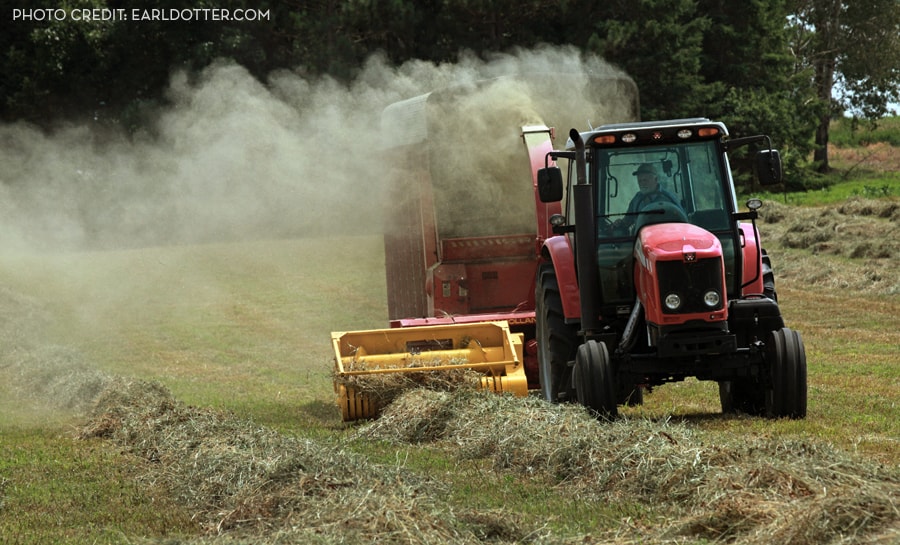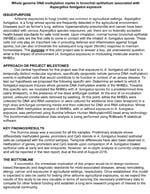
Project Description
View All Funded Pilot Projects
2014-2015
Airborne exposures to fungi (molds) are common in agricultural settings. Aspergillus fumigatus, is a fungi whose spores are frequently detected in the agricultural environment. Diseases such as farmer’s lung, asthma, hypersensitivity pneumonitis and cancer have been associated with various Aspergillus species exposures, yet, there are no federally accepted health-based standards for safe mold levels. Upon inhalation, normal human bronchial epithelial (NHBEs) cells are the first cells to come in contact with the inhaled A. fumigatus spores. These cells not only play an important role in providing defense and inflammation against fungal spores, but can also orchestrate the subsequent lung repair (fibrotic) response to maintain homeostasis. The purpose of this pilot project was to answer a key, yet unanswered question: what is the impact of environment (A. fumigatus exposure) in modulating molecular events in NHBEs.



